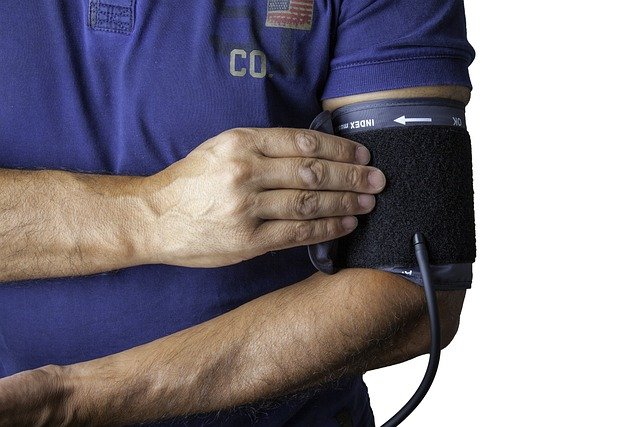How to interpret common screening results and next steps
Screening tests offer snapshots of health that can guide prevention and monitoring but often raise questions about what numbers mean and what to do next. This article explains typical screening outcomes, how diagnostics and lifestyle factors like nutrition, sleep, exercise, hydration, and stress affect results, and practical next steps for follow-up, vaccination, and ongoing monitoring to support immunity and overall wellness.

What do common screening results indicate?
Screening results—such as blood pressure, cholesterol, blood glucose, and basic blood counts—are intended to identify potential risks early. A single abnormal value does not always indicate disease; many factors influence results, including recent meals, hydration, medications, and temporary stress. Understanding whether a finding is borderline, mildly abnormal, or clearly outside reference ranges helps determine urgency. Discussing trends (changes over time) with your clinician is more informative than fixating on a single reading. Use screening as part of a broader prevention approach that includes lifestyle checks and targeted diagnostics when needed.
How are diagnostics used to clarify findings?
Diagnostics refer to follow-up tests and targeted investigations that confirm or rule out conditions suggested by screening. If a screening test is abnormal, your clinician may recommend repeat testing, more specific blood panels, imaging, or referral to a specialist. For example, an elevated fasting glucose on screening often leads to an oral glucose tolerance test or HbA1c for clearer diagnostics. Timing and method matter; fasting status, recent exercise, or acute illness can change values. Clear communication about why a diagnostic is recommended helps set expectations about monitoring intervals and next steps.
What prevention steps should you consider?
Prevention strategies focus on reducing future risk and often begin with lifestyle adjustments. Evidence-based prevention includes attention to nutrition, maintaining a healthy weight, regular exercise, adequate sleep, stress management, and staying current with recommended vaccinations. Preventive measures are tailored based on age, family history, and specific screening results. For instance, modest cholesterol elevations may be addressed with dietary changes and activity before considering medication. Prevention also involves monitoring: scheduled repeat screenings can track whether interventions are effective over weeks to months.
How to use monitoring to track changes?
Monitoring means repeating measurements at appropriate intervals to assess trends and treatment response. After an initial abnormal screening, clinicians often repeat the same test within weeks to months depending on the condition. Chronic conditions such as hypertension or diabetes require ongoing monitoring to guide therapy adjustments. Digital tools and local services can assist with home measurements (for example, home blood pressure monitors) but ensure devices are validated. Accurate monitoring depends on consistent conditions—same time of day, similar activity and hydration levels, and proper device use.
How do nutrition and hydration affect results?
Diet and hydration can have immediate and short-term effects on screening markers. Meals high in carbohydrates can raise blood glucose and triglycerides for hours; a salty meal may transiently affect blood pressure. Chronic dietary patterns influence longer-term markers like LDL cholesterol, HbA1c, and inflammatory indicators. Adequate hydration is important for tests measuring electrolyte balance and kidney function; dehydration can concentrate certain blood values and skew results. When preparing for screening, follow test-specific instructions (for example, fasting or avoiding caffeine) to reduce misleading variability.
How do sleep, exercise, immunity, and stress relate?
Sleep, exercise, immunity, and stress all influence screening outcomes and overall wellness. Short-term sleep loss or intense exercise can temporarily alter blood pressure, glucose, and inflammatory markers. Regular moderate exercise improves many screening measures over time, supporting cardiovascular health and glucose regulation. Immune status and recent vaccinations can affect some lab values, and acute infections may change white blood cell counts. Chronic stress impacts hormones and metabolic markers tied to long-term risk. When interpreting results, clinicians consider these factors and may recommend timing tests to avoid confounding influences.
This article is for informational purposes only and should not be considered medical advice. Please consult a qualified healthcare professional for personalized guidance and treatment.
In summary, screening is a starting point: interpret results in context, confirm unexpected findings with diagnostics when appropriate, and use monitoring plus prevention-oriented lifestyle steps—nutrition, sleep, exercise, hydration, stress management, and vaccination—to support immunity and reduce risk. Clear communication with local services and your healthcare team helps turn screening data into practical next steps for sustained wellness.





